Table of Contents
Introduction: Why Cassia Cinnamon Matters
Cassia cinnamon is the most commonly used cinnamon variety worldwide, yet many consumers don't realize they're using cassia rather than "true" cinnamon. This article provides comprehensive information about cassia cinnamon, including its botanical characteristics, cultivation methods, culinary applications, and important health considerations.
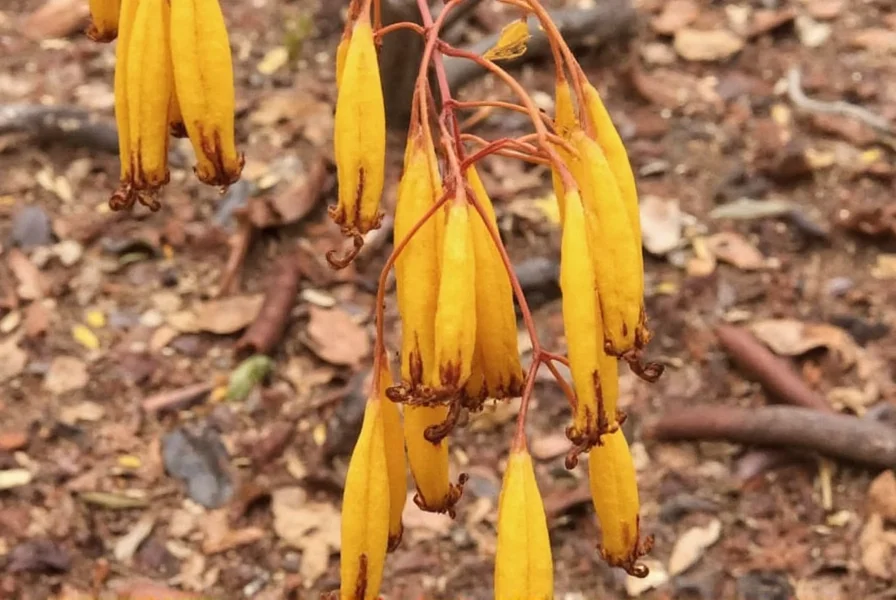
What is Cassia Cinnamon?
Cassia cinnamon (Cinnamomum cassia) is a tropical evergreen tree native to southern China and Southeast Asia. It's the primary source of cinnamon used in most North American households and commercial products. Unlike Ceylon cinnamon ("true cinnamon"), cassia has thicker bark, stronger flavor, and higher coumarin content.
Botanical Profile
- Scientific Name: Cinnamomum cassia
- Family: Lauraceae
- Native Regions: Southern China, Vietnam, India, Indonesia
- Mature Height: Up to 30 feet (9 meters)
- Leaves: Oval, leathery, glossy green
- Flowers: Small, white or yellowish-green
- Fruit: Small black berry-like drupe
Historical Significance
Cassia has been valued for thousands of years. Used by ancient Egyptians in embalming, mentioned in biblical texts, and traded along the Silk Road, this tree was once considered so valuable it was almost worth its weight in gold.
Growing Cassia Cinnamon Trees at Home
While cassia cinnamon trees thrive best in tropical climates, they can be grown in containers in cooler regions with proper care. This section covers essential growing requirements and maintenance tips.
Climate Requirements
- Ideal USDA zones: 9–11
- Minimum temperature tolerance: Around 50°F (10°C)
- Prefers full sun and well-draining soil
Planting Tips
- Use a loamy potting mix with good drainage
- Water regularly, especially during dry periods
- Prune to maintain shape and encourage bushier growth
- Protect from frost or move indoors during cold months
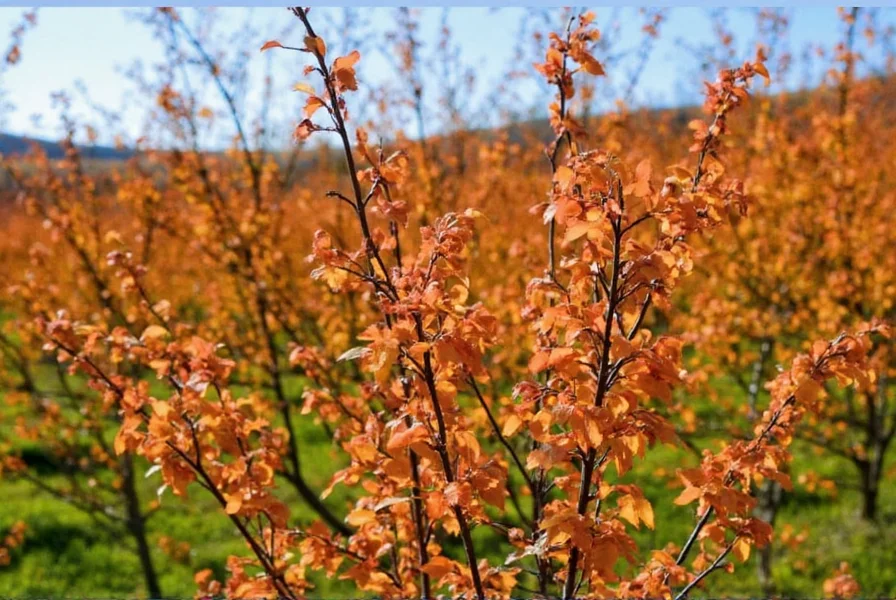
Harvesting and Processing Cassia Bark
Unlike Ceylon cinnamon, cassia bark is thicker and more robust. Harvesting typically occurs from mature trees (about 2–3 years old).
Step-by-Step Harvesting Guide
- Choose branches about 2–3 inches thick
- Peel the outer bark gently
- Scrape off the inner bark using a blunt knife
- Dry the strips in a shaded, airy place
- Roll into quills or grind into powder
Storage Tips
- Store whole sticks in an airtight container for up to 1 year
- Ground cassia lasts about 6 months before losing potency
- Keep away from moisture and direct sunlight
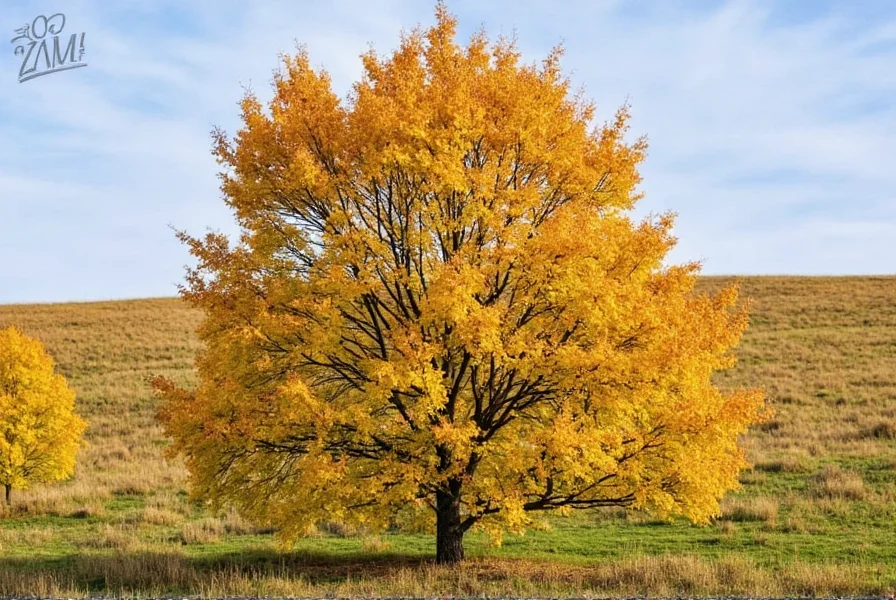
Cassia vs. Ceylon: Key Differences
Many consumers don't realize that "cinnamon" in grocery stores is typically cassia, not Ceylon. Understanding these differences is crucial for culinary use and health considerations.
| Feature | Cassia Cinnamon | Ceylon Cinnamon |
|---|---|---|
| Origin | China, Indonesia, Vietnam | Sri Lanka |
| Bark Thickness | Thick, rough texture | Thin, delicate layers |
| Color | Dark reddish-brown | Light tan |
| Taste | Strong, sweet, spicy | Mild, floral, complex |
| Coumarin Content | High (may be harmful in large doses) | Negligible |
| Price | Less expensive | More expensive |
Which Should You Choose?
- Cassia: Ideal for baking, mulled drinks, and hearty recipes where strong flavor is desired.
- Ceylon: Preferred for subtle desserts, tea, or when consumed regularly due to lower coumarin levels.
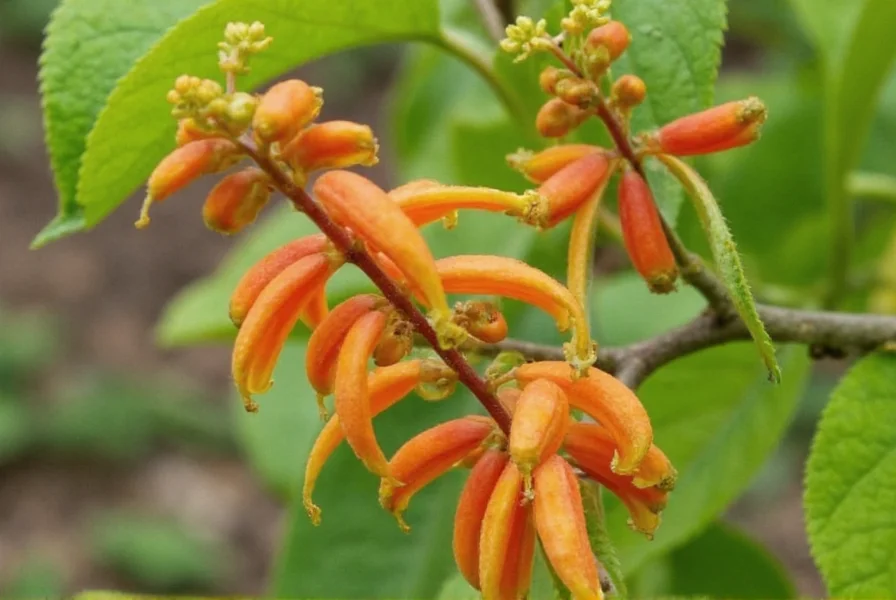
Culinary and Wellness Uses
Cassia cinnamon is one of the world's most popular spices, with applications ranging from everyday cooking to traditional medicine.
In the Kitchen
- Adds warmth to baked goods like apple pie, cinnamon rolls, and cookies
- Enhances stews, curries, and rice dishes in Middle Eastern and Indian cuisines
- Used in mulled wines, chai teas, and hot cocoa
- Perfect for spiced nuts, oatmeal, and breakfast smoothies
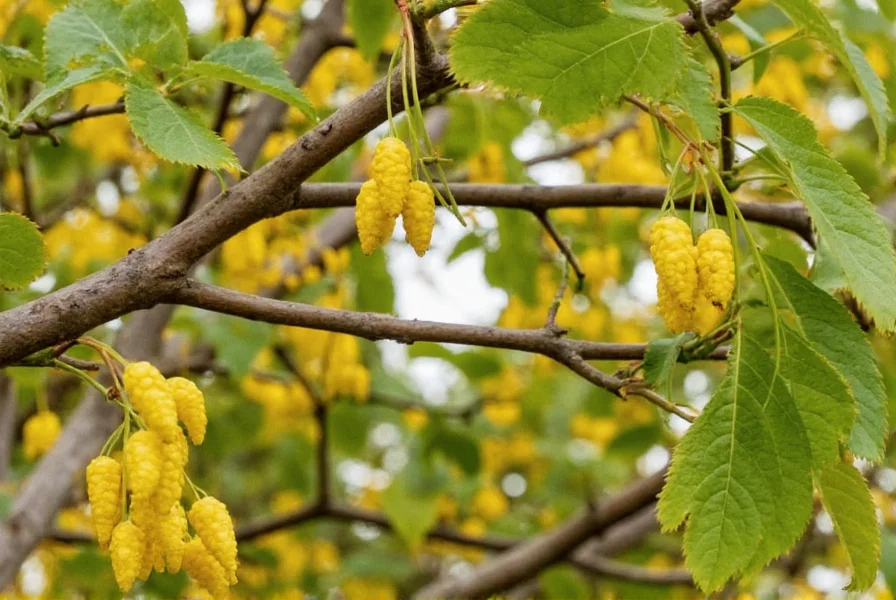
In Wellness and Traditional Medicine
- May help regulate blood sugar levels (studies show modest benefits for type 2 diabetes)
- Contains antioxidants and anti-inflammatory compounds
- Used in Ayurveda and Traditional Chinese Medicine for digestive support
- Aromatherapy oils use cassia essential oil for warming, grounding effects
Buying Guide: Choosing Quality Cassia
With so many options on the market, selecting high-quality cassia cinnamon can be challenging. Here's what to look for:
Things to Look For
- Source: Vietnamese and Indonesian cassia are generally considered superior in quality
- Appearance: Sticks should be firm and aromatic; powder should be fine and uniformly colored
- Smell: Fresh cassia has a strong, sweet-spicy aroma. Avoid stale or dusty products
- Organic Certification: Opt for organic products if available to avoid pesticides
Top Cassia Cinnamon Picks
- Vietnamese Cassia Sticks – Royal Spices Co.
- Features: Thick, curled bark with intense aroma
- Advantages: Rich flavor, ideal for slow-cooked dishes
- Best for: Tea blends, baking, and homemade syrups
- Indonesian Ground Cassia – Pure Earth Organics
- Features: Organic, finely ground, packaged in glass jar
- Advantages: Long shelf life, easy to measure
- Best for: Oatmeal, coffee, and spiced pastries
- Cassia Essential Oil – ZenAroma Labs
- Features: Steam-distilled, pure extract
- Advantages: Multipurpose for diffusers, skincare, and DIY cleaners
- Best for: Aromatherapy, natural remedies
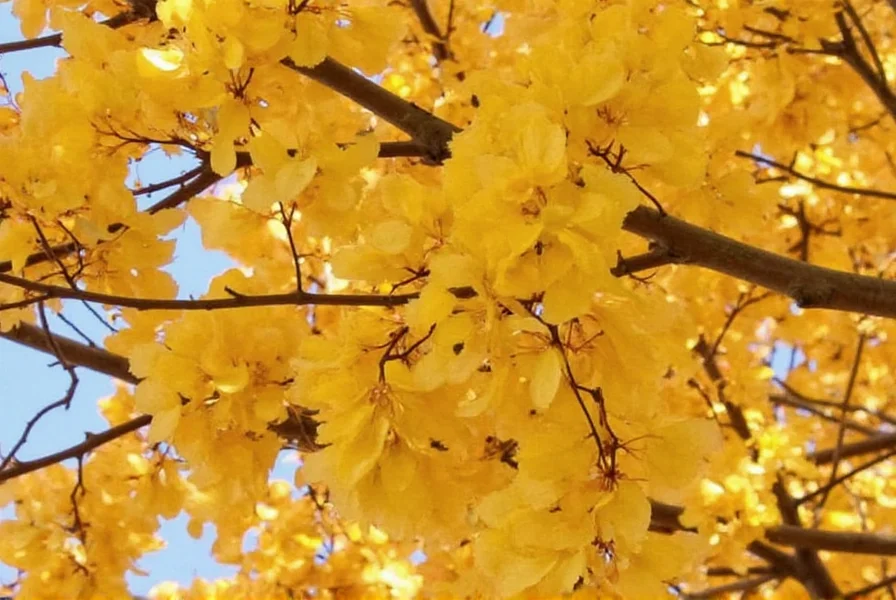
Frequently Asked Questions
Common Questions About Cassia Cinnamon
- How long does it take for a cassia cinnamon tree to mature and produce harvestable bark?
- Cassia cinnamon trees typically need 2-3 years before they're mature enough for harvesting. For optimal flavor and yield, many growers wait until the tree is 4-5 years old before taking the first harvest.
- Can I grow a cassia cinnamon tree indoors in colder climates?
- Yes, cassia cinnamon trees can be grown indoors in containers when proper care is provided. They need bright, indirect sunlight (south-facing window is ideal), consistent humidity (40-60%), and temperatures between 65-85°F (18-29°C). Keep the soil moist but not waterlogged, and consider using a humidifier during winter months when indoor air tends to be drier.
- What's the difference between cassia and true cinnamon (Ceylon)?
- Cassia cinnamon has thicker, harder bark with a stronger, more intense flavor and higher coumarin content. Ceylon cinnamon has thinner, layered bark with a more delicate, complex flavor and very low coumarin levels. Cassia is more common in North American grocery stores, while Ceylon is often labeled as "true cinnamon" and is more expensive.
- Is cassia cinnamon safe to consume regularly?
- Cassia cinnamon contains higher levels of coumarin than Ceylon cinnamon. While safe in moderate amounts (about 1 teaspoon per day for most adults), consuming large quantities regularly could potentially cause liver issues in sensitive individuals. If you consume cinnamon daily or in large amounts (as in supplements), Ceylon cinnamon may be a safer option due to its negligible coumarin content.
- How do I properly store cassia cinnamon to maintain freshness?
- Store whole cassia sticks in an airtight container away from light, heat, and moisture for up to 1 year. Ground cassia should be kept in a tightly sealed container and used within 6 months for optimal flavor. For longest shelf life, consider storing in the refrigerator or freezer.
- What are the health benefits of cassia cinnamon?
- Research suggests cassia cinnamon may help regulate blood sugar levels, has antioxidant properties, and may provide anti-inflammatory benefits. Traditional medicine systems have used it for digestive support and to promote circulation. However, most health benefits are associated with moderate consumption as part of a balanced diet, not as a replacement for medical treatment.
- Why is my cassia cinnamon tree not growing well?
- Common issues include inadequate light (needs bright, indirect sunlight), improper watering (too much or too little), low humidity (especially indoors), or poor soil drainage. Check for yellowing leaves (may indicate overwatering), brown leaf tips (low humidity), or slow growth (possible nutrient deficiency).
Conclusion
Cassia cinnamon is far more than just a pantry staple—it's a versatile spice with rich history and practical applications. Whether you're using it in baking, cooking, or wellness routines, understanding its characteristics and proper usage ensures you get the most from this valuable spice.
Next time you reach for that jar of "cinnamon," remember you're likely using cassia. By choosing quality products and using them appropriately, you can safely enjoy the warm, spicy flavor that has delighted people for thousands of years.

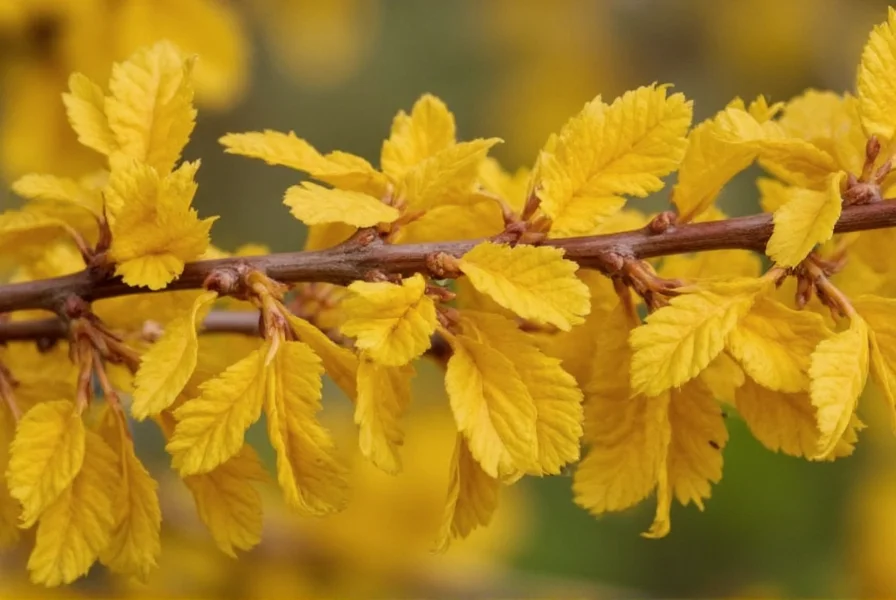









 浙公网安备
33010002000092号
浙公网安备
33010002000092号 浙B2-20120091-4
浙B2-20120091-4